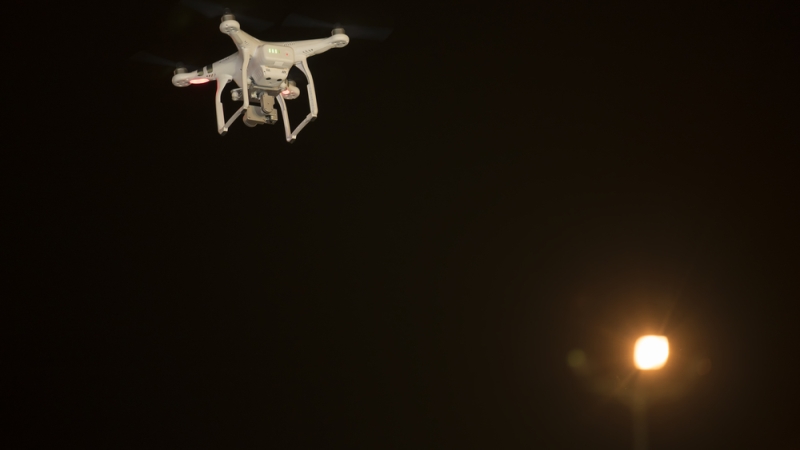
The Department of Defense (DoD) plans to establish a new joint interagency task force to confront the growing threats of unmanned aerial vehicles (UAVs) — more commonly known as drones.
“The Army is going to lead it, but this will be a joint organization to be able to deal with joint solutions in the future,” said Gen. James Mingus, vice chief of staff of the Army, during an event Wednesday co-hosted by the Association of the U.S. Army and the Center for Strategic and International Studies.
Counter-unmanned aerial systems (C-UAS) – also known as counter-drone systems –have become a critical defense priority as drones become cheaper, more accessible, and easier to weaponize. Top defense leaders have long called for a unified push on C-UAS technology, and the plans for the new task force reflect that urgency.
“We’ve been trying to advocate this for some time now, and the secretary recently made the decision to allow us to move out on it, because we cannot move fast enough in this space,” Mingus said.
While Mingus provided few details about the task force’s structure or how it will interface with the Army-led Joint Counter-small Unmanned Aircraft Systems Office (JCO), he emphasized that the new organization must move swiftly and be agile to meet battlefield needs.
Instead of committing to a single system for decades, Mingus said the task force will need both the flexibility to rapidly acquire the best available tools and the agility to adapt to evolving threats. He emphasized that a mix of emerging technologies – such as lasers, high-powered microwaves, and low-cost interceptors – will be essential to counter drone threats effectively and close the cost gap between expensive U.S. defenses and inexpensive adversary drones.
“No single solution. It’s got to be at every level. It’s got to be layered. Every squad’s got to be able to protect itself, all the way up to formations that provide higher-end capability,” he said. “We’ve got to have both the authority and then the funding flexibility to be able to switch to whatever that solution is going to be for the next year.”
